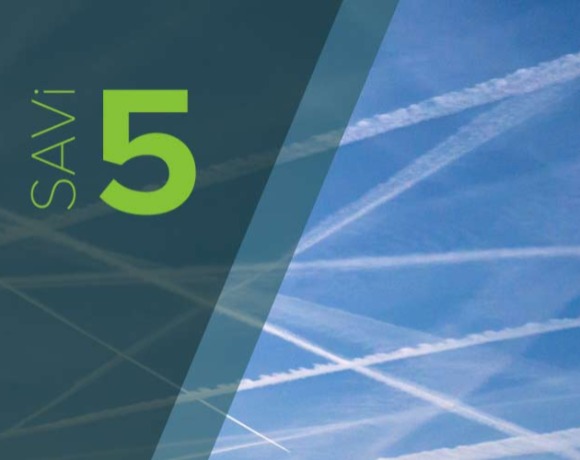Five noteworthy aviation sustainability developments in the past seven days curated by the Ishka SAVi team.
Here are the new developments to keep in mind:
1. IAG announces largest-ever PtL SAF offtake agreement – International Airlines Group (IAG) on 28th February announced its largest SAF purchase agreement to date with US-based e-SAF (power-to-liquid) producer Twelve. The 14-year agreement to supply 785,000 tonnes of e-SAF means IAG has now secured one-third of the SAF needed to reach its 2030 target, the airline group announced. Deliveries are expected to begin “as early as” 2025 from SAF produced at Twelve’s test facility in Washington State. The IAG-Twelve deal is over five times larger than the previous title-holder for the largest PtL offtake agreement – Norsk e-Fuel’s deal to supply 140,000 metric tonnes of SAF to Norwegian and Cargolux, also announced earlier this year. For more details on these and other SAF agreements, consult the SAVi SAF Tracker.
2. Guyana announces first CORSIA Phase 1-compliant credits – Guyana has become the first country in the world to offer carbon credits that are eligible for use by airlines in Phase 1 of ICAO’s CORSIA global emissions reductions programme. The government of Guyana on 28th February said a total of 7.14 million credits were issued by the Architecture for REDD+ Transactions (ART) for conformance with ART’s “TREES” standard. ART is one of only two carbon crediting programs approved by CORSIA for Phase 1. Of the 7.14 million credits, 2.5 million have already been sold at a floor price of $20 per tonne, leaving a total of 4.64 million credits that will now be available on the international market, including for use by airlines towards CORSIA. Guyana’s announcement marks an important contribution towards enabling airlines to comply with Phase 1 of CORSIA. From 2024 until 2026, airlines that operate flights between over 100 volunteering member states will have to collectively offset international aviation emissions above a baseline of 85% of 2019 levels. Until now, an absence of eligible credits for Phase 1 had created market uncertainty. That uncertainty is likely to remain, as the nearly five million credits made available by Guyana represent only a small proportion of the 100 million to 200 million credits expected to be required for airlines to comply with Phase 1 of CORSIA.
3. Universal Hydrogen tests largest fuel cell powertrain on liquid hydrogen – In a new hydrogen propulsion technological milestone, Universal Hydrogen on 27th February announced it has successfully run a megawatt-class fuel cell powertrain (the largest in the world) using its proprietary liquid hydrogen module to supply the fuel. The liquid hydrogen module powered the company’s “iron bird” ground test rig for over 1 hour and 40 minutes, simulating a regional aircraft flight profile. The company’s liquid hydrogen module holds fuel to power the iron bird for over three hours at full power, with two such modules sufficient for 500 nautical miles of usable range (on top of reserves) for an ATR72 regional airliner.
4. Arguments for a global aviation tax to fund COP28’s L&D Fund – One of the developments for aviation at the last COP28 conference was the launch of an international taxation taskforce to consider (among other options) taxation avenues for global aviation to help fund a loss and damage (L&D) fund to support developing countries dealing with the adverse effects of climate change. NGO Opportunity Green has just published its submission to the UN Special Rapporteur on Human Rights in favour of an Air Passenger Levy (APL) and a tax on kerosene fuel to fund contributions to L&D.
5. With size comes pollution – world’s top polluting airport ranking – ODI, an independent global affairs think tank, has published a new policy brief to accompany the 2024 Airport Tracker, a global inventory of CO2 and local air pollutants at the airport level aimed at highlighting the climate impact of the world’s largest airports. The tracker now includes impacts of air freight as well as passenger flights, and emissions of local air pollutants. The policy brief highlights that London creates the most air pollution from aviation, as its six airports contributed 8,861 tonnes of NOx and 83 tonnes of PM2.5 (equivalent to approximately 3.2 million cars). London was closely followed by the two airports of Tokyo and Dubai, where aviation-related NOx and PM2.5 emissions were equivalent to approximately 2.8 million passenger cars in each city.



